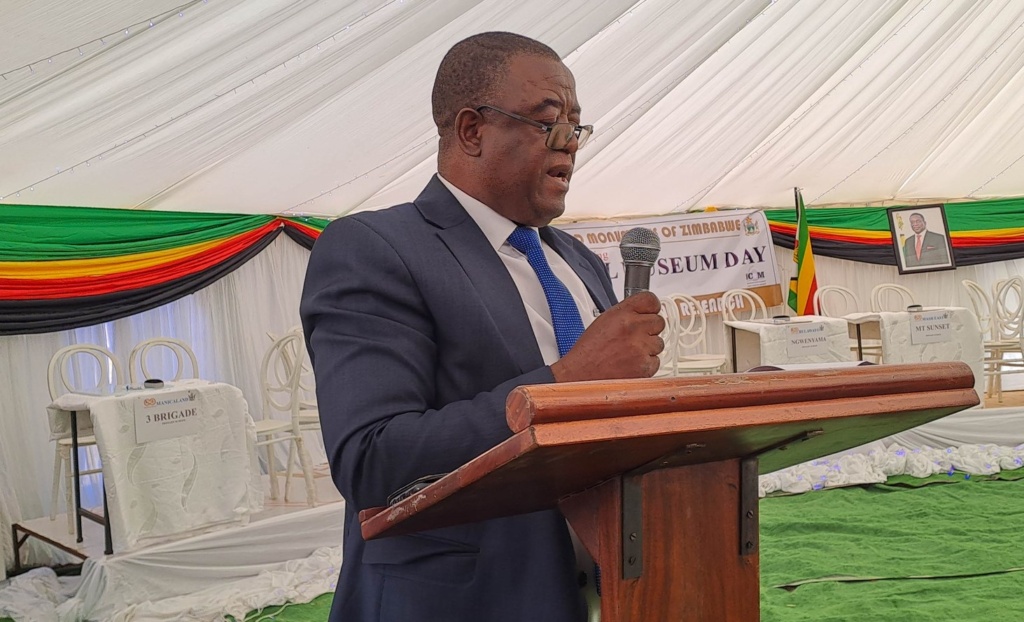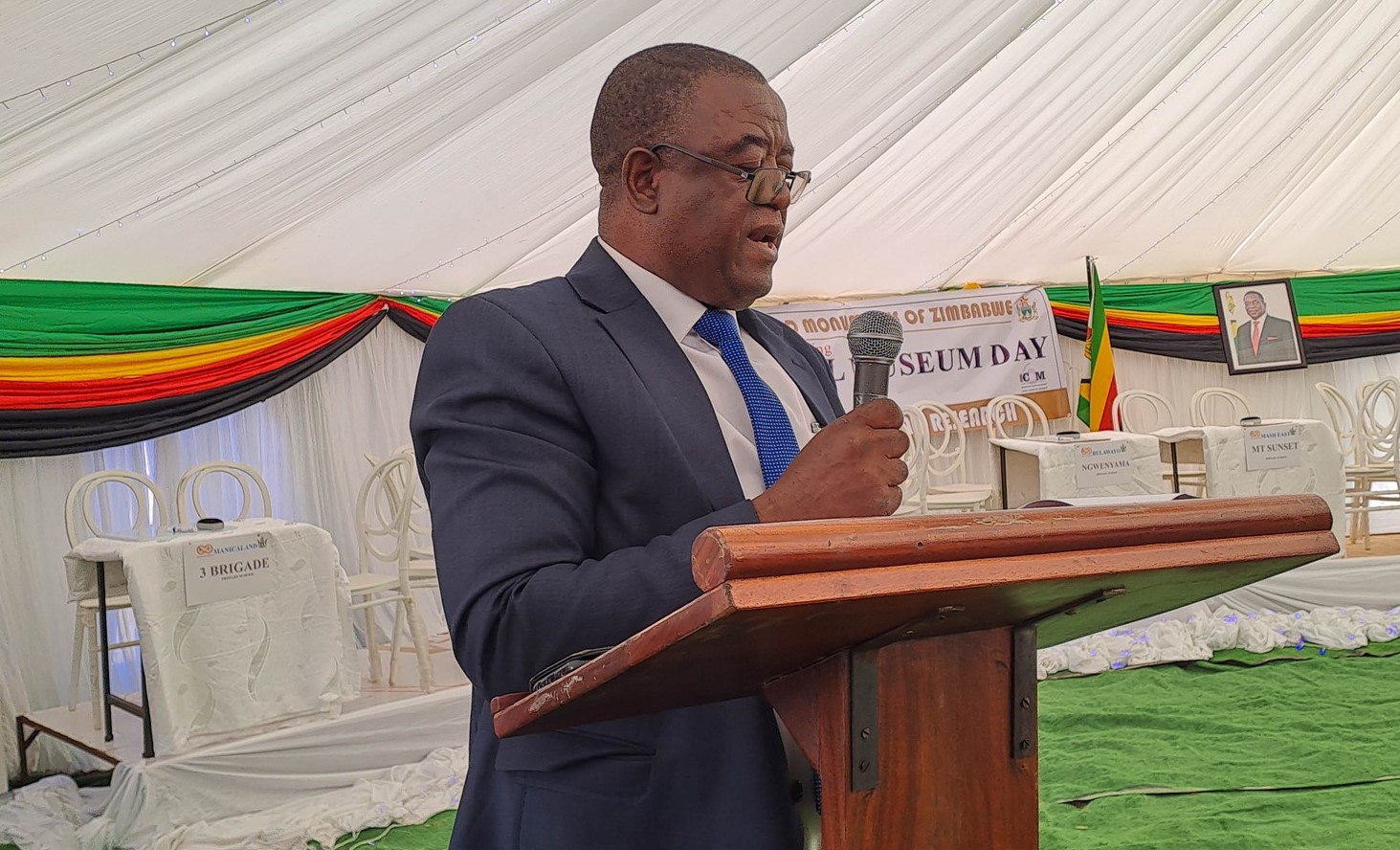
National Museums and Monuments of Zimbabwe Acting Executive Director Darlington Munyikwa
The National Museums and Monuments of Zimbabwe (NMMZ) has officially recognized 14 additional sites as national monuments, emphasizing the country’s commitment to preserving its historical and cultural heritage. Among the newly declared sites are significant landmarks linked to Zimbabwe’s liberation struggle, including Gonakudzingwa Restriction Camp and Altena Farm. These declarations mark a pivotal moment in safeguarding Zimbabwe’s legacy, with NMMZ aiming to promote national identity, heritage tourism, and cultural education. This initiative aligns with the country’s broader Vision 2030 strategy for sustainable development and preservation.
Historical Significance and Heritage Preservation
The declaration of these 14 sites as national monuments holds profound importance in Zimbabwe’s narrative, as each location embodies a unique aspect of the nation’s journey towards independence. Sites such as the Hanging Tree in Bulawayo, linked to colonial resistance, and Gonakudzingwa, known for housing political prisoners during the liberation struggle, provide a window into the resilience and sacrifices of Zimbabwe’s freedom fighters. The recognition of these sites also serves as a tribute to the unsung heroes of the independence movement.
Boost to Tourism and Education
With the addition of these monuments, NMMZ anticipates a surge in heritage tourism, which plays a crucial role in Zimbabwe’s economy. The organization plans to develop these sites into vibrant cultural hubs that will not only attract tourists but also serve as educational resources for students and researchers. Guided tours, exhibitions, and interactive installations are part of the broader plan to make these sites accessible and informative.
This initiative is also expected to drive local and international interest, contributing to the government’s broader strategy to promote Zimbabwe as a top destination for cultural and historical tourism. As part of this, NMMZ is working closely with various stakeholders, including local communities, to ensure the sustainable development of these heritage sites.
Supporting Vision 2030
The declaration is in line with Zimbabwe’s Vision 2030, a national strategy aimed at achieving a prosperous and empowered society. As part of this vision, heritage and cultural conservation are seen as essential for fostering national unity, pride, and socio-economic development. By recognizing and preserving these historical landmarks, NMMZ is contributing to the country’s long-term goals of cultural preservation and sustainable development.
This move not only underscores the importance of heritage in Zimbabwe’s national narrative but also aligns with international efforts to protect and celebrate cultural sites of historical significance.



